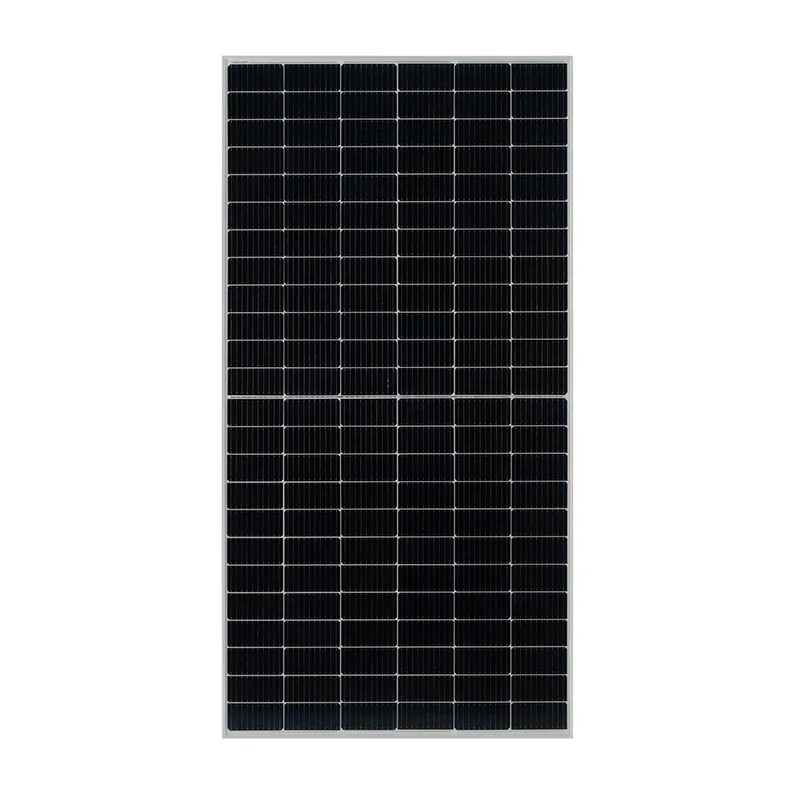solar panel capacity and size
Understanding Solar Panel Capacity and Size A Comprehensive Overview
As the world shifts towards sustainable energy sources, the importance of solar panels continues to rise. They not only provide an eco-friendly solution to power generation but also contribute to reducing electricity costs for homeowners and businesses. However, when considering solar panels, two crucial aspects come into play capacity and size. Understanding these factors is essential for making informed decisions about solar energy systems.
What is Solar Panel Capacity?
Solar panel capacity refers to the maximum amount of electricity that a solar panel can generate under optimal conditions, typically measured in watts (W). This capacity indicates the potential output during peak sunlight hours. The larger the capacity, the more electricity a panel can produce. For instance, a solar panel with a capacity of 300 watts can generate 300 watts of power under ideal conditions.
This output can be influenced by several factors, including the efficiency of the solar cells, the amount of sunlight available, and the angle and orientation of the panel. It’s worth noting that solar panel capacity is usually rated in terms of its efficiency at standard test conditions — which means that real-world performance may differ based on actual weather and installation conditions.
Factors Influencing Capacity
1. Panel Technology There are various technologies used in solar panels, including monocrystalline, polycrystalline, and thin-film. Monocrystalline panels generally offer higher efficiency and capacity compared to polycrystalline panels. Thin-film panels, while often less expensive, typically have lower capacity.
2. Environmental Conditions The geographical location and environmental conditions, such as shading, temperature, and seasonal changes, significantly affect the actual capacity output. For example, solar panels installed in sunnier regions will generally generate more electricity compared to those in areas with frequent cloud cover.
3. System Design The overall design of the solar energy system, including the configuration of solar panels, inverters, and other components, can also influence the capacity. A well-designed solar system maximizes exposure to sunlight, enhancing output.
solar panel capacity and size

The Size of Solar Panels
The size of a solar panel is usually measured in square feet or meters and relates directly to the physical dimensions of the panel. While the capacity indicates how much electricity can be generated, the size will determine how many panels are needed to meet a particular energy requirement.
Typically, residential solar panels range from about 5.5 to 7 square feet (0.5 to 0.65 square meters) for standard models. Larger solar installations may use panels that are a bit larger or physically more efficient, which leads to more power generation in a smaller footprint.
Balancing Capacity and Size
When planning a solar energy system, it’s vital to balance capacity with size. Homeowners should evaluate their energy consumption needs and the available space for installation. A larger solar panel capacity is desirable to generate more electricity, but if space is limited, one might have to settle for a smaller capacity for each panel.
For instance, a homeowner may require a total capacity of 6 kilowatts (kW) to cover their energy needs. If they choose panels with a capacity of 300 watts each, they would need to install 20 panels. However, if the available roof space can only accommodate 15 panels, they would need to opt for higher-capacity panels or consider ground-mounted systems.
Conclusion
Solar panels represent a promising opportunity to harness renewable energy, but understanding solar panel capacity and size is crucial for optimizing their benefits. By comprehensively evaluating both factors, individuals can make well-informed decisions, ensuring that their solar installations meet energy needs efficiently and effectively. As technology continues to advance, we can expect improvements in both capacity and size, making solar power an even more viable option for energy generation in the future. With responsible planning and consideration, solar energy can lead us toward a sustainable and self-reliant energy future.
-
String Solar Inverter: The High-Efficiency Solution for Smart Solar EnergyNewsJul.14,2025
-
Revolutionizing Rooftop Energy with the Power of the Micro Solar InverterNewsJul.14,2025
-
Power Independence with Smart Off Grid Solar Inverter SolutionsNewsJul.14,2025
-
On Grid Solar Inverter: Powering the Future with Smart Grid IntegrationNewsJul.14,2025
-
Monocrystalline Solar Panels: High-Efficiency Power for the Future of Clean EnergyNewsJul.14,2025
-
Bifacial Solar Panel: A Smarter Investment for Next-Generation Energy SystemsNewsJul.14,2025







